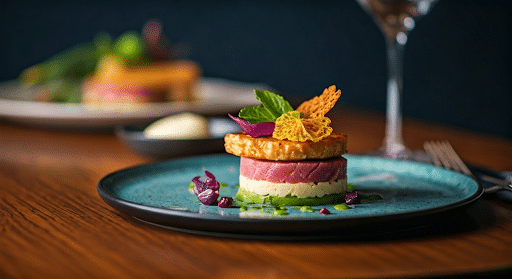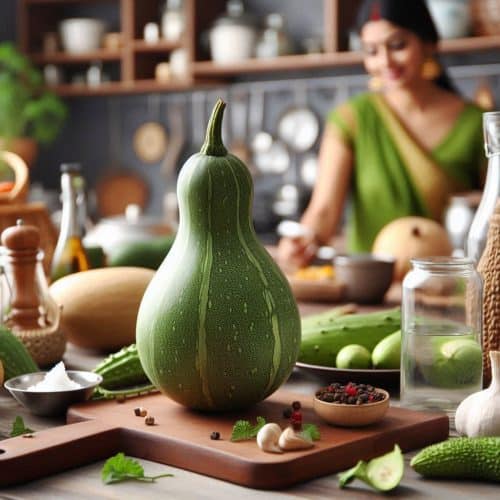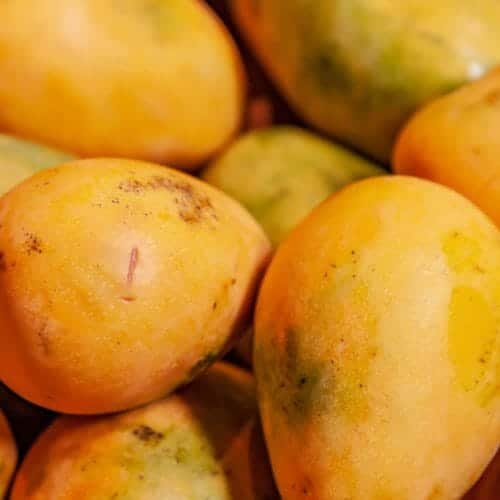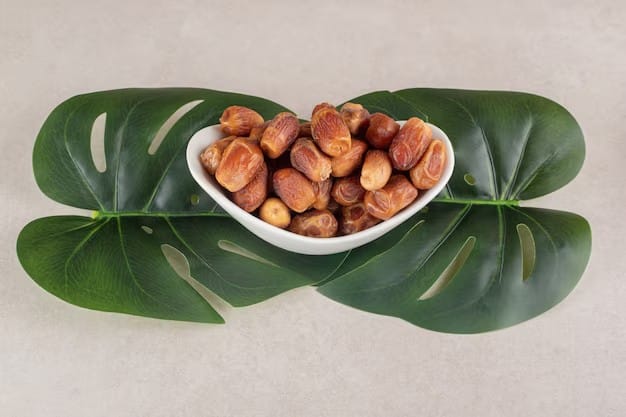The Tamil New Year is more popularly called the “Tamil Puthandu”, and is celebrated every year on the 13th or 14th of April in the South Indian state of Tamil Nadu. It marks the first day of the year, according to the Tamil calendar, the beginning of the month of Chittirai.
Significance of the Tamil New Year
The Tamilians greet each other on this day with “Puthandu Vazthukal”, which means “Happy New Year”. At the same time, other states like Kerala, Manipur, Assam, Orissa, West Bengal and Punjab also celebrate their respective New Year’s Day. All these states follow the solar calendar. In Andhra Pradhesh, Karnataka, and Maharashtra, the lunar calendar is followed, according to which the New Year is on the new moon which comes before April 14th. It is called “Ugadi”. Tamil New Year is also celebrated in the neighboring countries of Sri Lanka, Singapore, Malaysia, Burma, Thailand, Cambodia, Laos and Mauritius.
Tamil calendar is known as Panchangam. Both Tamil astrology and calendar are the most ancient system. The Tamilians follow the solar calendar. Tamil astrology system has years in the 60 year cycle with different names for each Tamil year. Tamil astrology is connected to the revolution of the Jupiter. Jupiter performs 5 revolutions and takes 60 years to complete one cycle. Every 60 years, the relative positions of Jupiter and Saturn is repeated. They have an impact on the climate, and hence the climate of a particular year can be predicted using this 60 year cycle. There are 12 months in the Tamil calendar system and they are also assigned to specific Tamil names. The first month is Chithirai and the twelfth month is Panguni
This year, Puthandu or Varusha Pirappu falls on Monday, 14th April 2014.and name of the new year is Jaya. The shifting of the sun from the Meena Rashi to the Mesha Raashi on this day is considered auspicious for a new beginning.
Tamil New Year Rituals and Celebrations
The rituals start from the eve of Puthandu. The three fruits, mango, banana and jackfruit are arranged on a tray, along with arecanut, betel leaves, silver or gold jewellery, money or coins, and flowers. The tray is well decorated and placed in the Pooja room with a mirror in front of it. On waking up in the morning of Puthandu, this is the first thing to be viewed. It is known as “Kanni”, and is auspicious as it is considered to bring prosperity and good luck throughout the New Year. The Kuthuvizhakku is lit and Gods are worshipped by singing Bhajans and devotional songs. The New Years Panchangam or almanac is also read as a ritual in front of all the members of the family.
The entrance of every Tamil home is decorated by making kolams with rice flour. The main door and the Pooja room are adorned by tying Thoranams made of mango leaves or Maa-ilai, neem leaves or veppilai and flower thoranams. Neem flowers and mango leaves symbolize prosperity and growth.
Elders gift money to the younger ones on this day, and this is supposed to be auspicious as the first money transaction of the year. It is called “Kai-vishesham” in Kerala. The “arpudu” or the first ploughing of the landmarks the beginning of the new agricultural cycle.
Madurai is the temple city of Tamil Nadu, and here the New Year is celebrated with vigor. In the Meenakshi Temple, it is the Chitterai Thiruvizha. The Chitterai Porutkaatchi is a huge exhibition held here. In several temples, special religious festivals are held. The New Year is known as Chittirai Vishu in many parts of the state. Festivals are held in Kanchipuram, Tiruchirappalli and other places. Near Kumbakonam, a Car Festival held at a place called Tiruvidaimarudur. In Sri Lanka, an herbal bath is taken with “maruthu neer” which contains ingredients that are good for health.
Tamil New Year Dishes and Recipes
It is a ritual to make dishes and offer to the Gods on this day. The dishes are made and served in front of the deities in the Pooja Room on Plantain leaves. The common dishes made as offerings are Rice Payasam or Adai Pradhaman, Masala or Medhu Vadai, Mangai Veppampoo Pachadi, Avial and Vegetable Kootu or Porial.
The Rice Payasam or Adai Pradhaman is a sweet dish made of milk, rice, jaggery and coconut milk. Medhu Vadai is a very common snack which is popular not only in South India, but all over the country. It is a must for every occasion, served with chutney or sambhar. It is made using the urad deal as the main ingredient.
With raw mangoes, neem flowers, and jaggery, the Maangai Veppampoo Pachadi is made. The ingredients make it taste sweet, salty, sour and bitter, all at the same time. The different colors of life are symbolized with this dish.
Avial is a very common dish in South India, which is made of vegetables, coconut, curd, and adorned with curry leaves. Any feast is incomplete without this dish. Vegetable Kootu is a vegetarian dish, which employs all the common vegetables that are available. There are different methods of making this dish. Different varieties are available at different places, and it is done in your own style.
On New Year’s Day, a feast is held in every home. The traditional feast is known as “Sadya”. As a part of this Sadya, several dishes are made. Rice, sambhar, rasam, cabbage curry, cucumber pachadi, maanga pachadi, appalam, vadai, poli and curd rice are most commonly found in the menu. Payasam is always served at the end as a sweet dish. The Mango Pachadi or raw mango Pachadi is a dish which is a specialty and must for the New Year. All the dishes are neatly placed on a plantain leaf and the whole family has this lunch together. This symbolizes the togetherness and unity of the family. Every family comes together for this occasion and spends quality time with each other.
It is common to visit friends and relatives and greet each other on New Year. Several cultural programs are held as part of the festival. It is a holiday for the whole state and a day for celebration. With a happy heart, one moves into the New Year, hoping for growth, good luck, prosperity and wellbeing throughout the year.
Tamil Puthandu Vazthukal 2014!













